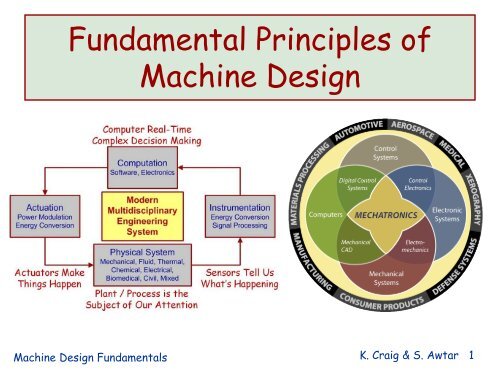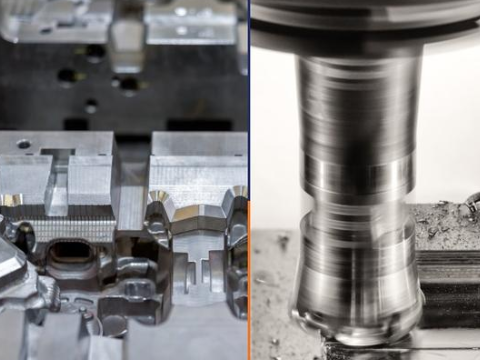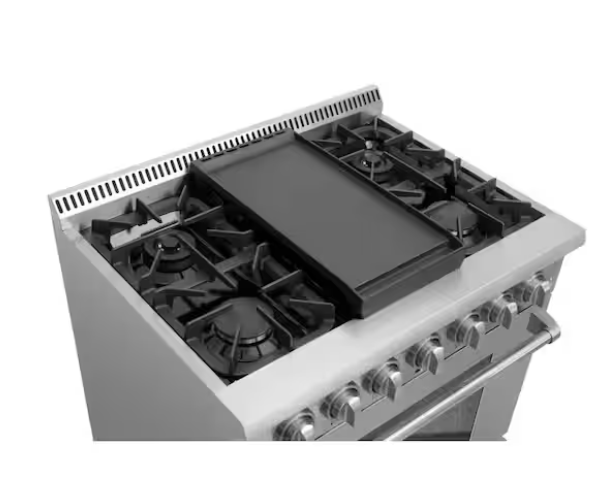Basic mechanical design involves the fundamental principles and practices employed in the creation of mechanical components and systems.
It encompasses various aspects, including understanding stress and forces, material selection, manufacturing technology, and the design of machine elements.
Mechanical design aims to ensure that the designed parts or systems are not only functional but also manufacturable. It involves minimizing complexity, keeping things simple, and understanding the fundamental principles of mechanical design.
Mechanical design professionals use mathematics to calculate design specifications and determine a design’s feasibility. The field of mechanical design is essential for the development of efficient and reliable mechanical components and systems.
What are the key principles of mechanical design?
The key principles of mechanical design encompass various aspects that are essential for creating functional, safe, reliable, and manufacturable products. These principles include:
Functionality: Designing for functionality ensures that the product performs its intended purpose effectively and efficiently.
Safety: Incorporating safety features and considerations in the design to minimize potential hazards and risks associated with the product’s use.
Reliability: Designing for reliability involves creating products that can consistently perform their intended functions over a specified period under normal operating conditions.
Manufacturability: Considering manufacturability in the design phase ensures that the product can be produced efficiently and cost-effectively using available manufacturing processes and technologies.
Sustainability: Incorporating eco-friendly materials and manufacturing processes to reduce the environmental impact of the product.
Simplicity: Minimizing complexity in design and manufacturing to enhance product quality, reduce development time, and improve customer satisfaction.
Modular Design: Allowing end-users to customize, repair, and reuse products by simple replacement of faulty components.
Ergonomics: Designing products that are comfortable and safe for human use, taking into account human capabilities and limitations.
Creativity and Brainstorming: Encouraging a broad outlook and open-minded approach to foster innovative and creative design solutions.
Accuracy, Repeatability, and Resolution: Ensuring that the product meets specified accuracy requirements and can consistently achieve the desired performance.
These principles are fundamental to the mechanical design process and are essential for creating products that meet user needs, are safe and reliable, and can be manufactured efficiently and sustainably.




